From a Racing Medication and Testing Consortium statement
The Kentucky Horse Racing Commission recently suspended trainer Graham Motion for five days and fined him $500 for a medication overage involving the winner Kitten’s Point in Keeneland’s Bewitch Stakes. Kentucky officials determined that Kitten’s Point had a methocarbamol (Robaxin) level of 2.9 nanograms per milliliter of blood when tested following the race. Robaxin is a muscle relaxant that both the RMTC and Kentucky recommend can be administered up to 48 hours before a race when following specific treatment protocols. Methocarbomol carries a 1.0 ng/ml race day threshold level.
Motion has questioned the research underlying this threshold and the recommended withdrawal guidelines for methocarbomol in Kentucky.
The methocarbamol threshold is recommended by the RMTC and included in the Controlled Therapeutic Medication list that is part of the National Uniform Medication Program. The recommendation is based upon research that is published in Rumpler, M., et al., The pharmacokinetics of methocarbamol and guaifenesin after single intravenous and multiple-dose oral administration of methocarbamol in the horse, J. Vet. Pharmacol. Therap., 37(1): 25-34 (Feb. 2014). The threshold is based upon a single 15 mg/kg intravenous dose, but a subset of the horses was also subject to an additional oral dose regimen of 5 grams of methocarbamol every 12 hours for five doses. At 48 hours, all oral dose horses were below 1 ng/ml of plasma with the highest concentration being at 0.5 ng/ml of plasma.
These treatment protocols were set based upon a survey of AAEP practitioners, as is our standard practice. Practitioners indicated a range of doses and a range of treatment protocols – including, in some cases, a single 48-hour pre-race administration of methocarbamol intravenously. Many protocols and treatment plans are possible for horses. The RMTC publishes specific dose and route of administration protocols to provide the practitioner and trainer information on how to meet the regulatory threshold using the listed withdrawal guidelines.
If a trainer or veterinarian elects to administer a higher dose, use a different route of administration, or a longer duration of treatment than described in the recommendation, the withdrawal guideline will not apply to their situation. It is imperative that when a trainer elects to deviate from the threshold protocol that they do so in consultation with their veterinarians or – as permitted in Kentucky and other states – submit a sample for analysis prior to entry to help ensure the medication concentration is below the regulatory threshold. Depending on drug, especially oral preparations, there is always the possibility a horse was mistakenly treated or not all drug treatments were recorded.
Motion also challenges the regulation of medications to the level of nanograms/mL and picograms/mL.
The RMTC has attempted to regulate as many medications as possible in blood. Such minute concentrations in blood are pharmacologically active for many drugs. The same is true for some drugs when found in urine. For this reason, several medications are regulated at concentrations expressed in picograms/mL in the horse. While picogram/mL concentrations may seem small, the concentration of each of these medications falls below nanograms/mL in blood quickly. In fact, in every case where medications are regulated at thresholds expressed at pg/mL in blood, the concentration of each was below 1 ng/mL at 24 hours in research studies. In order to effectively regulate these beyond 24 hours, lower thresholds are required.



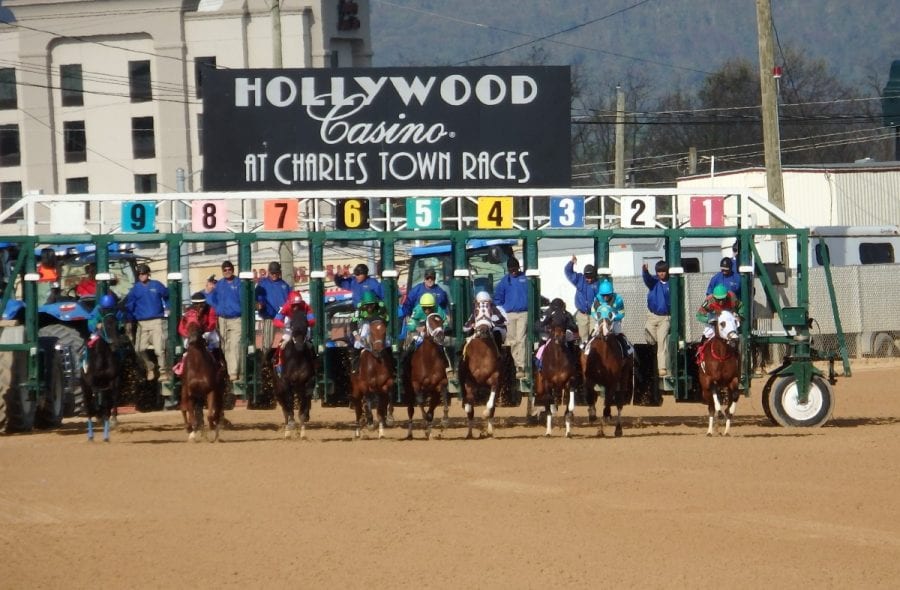
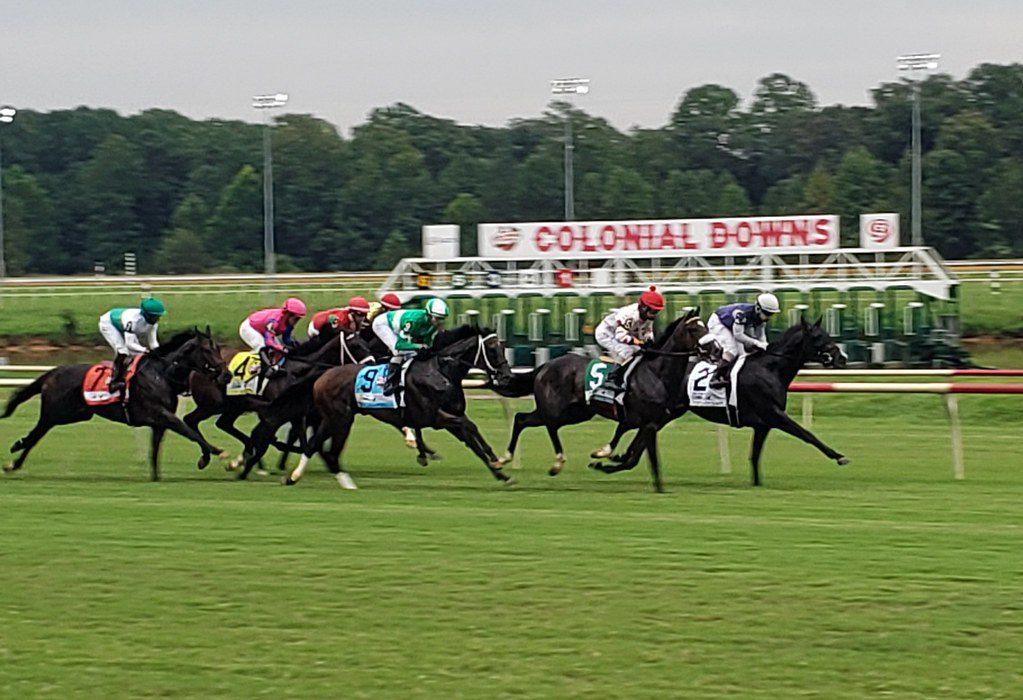

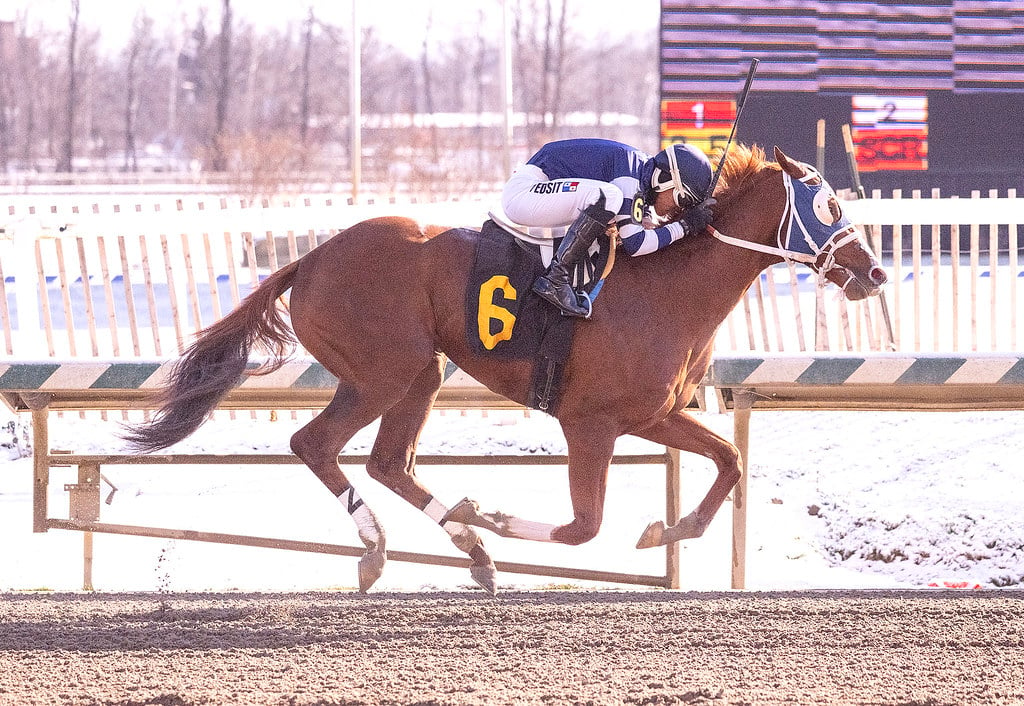


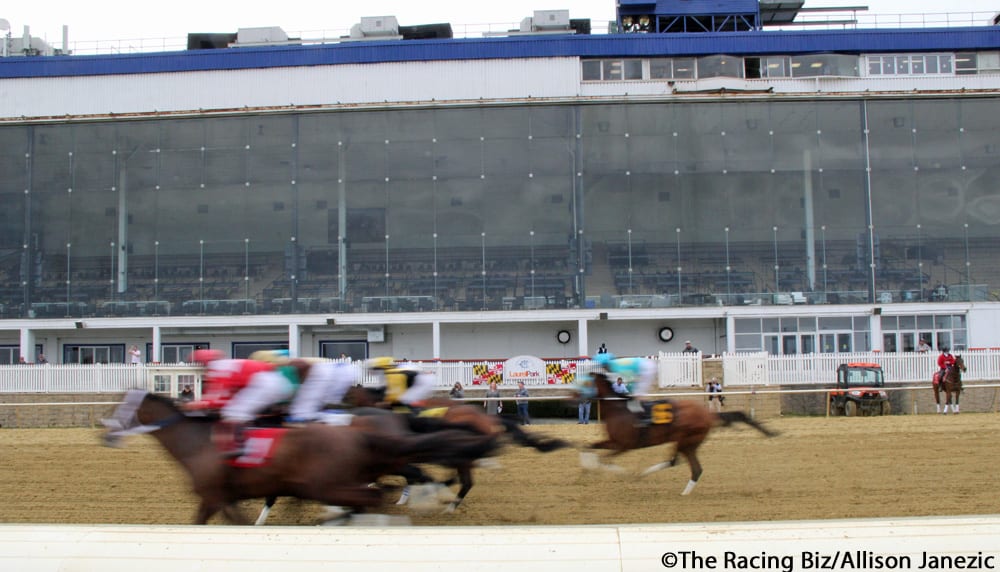
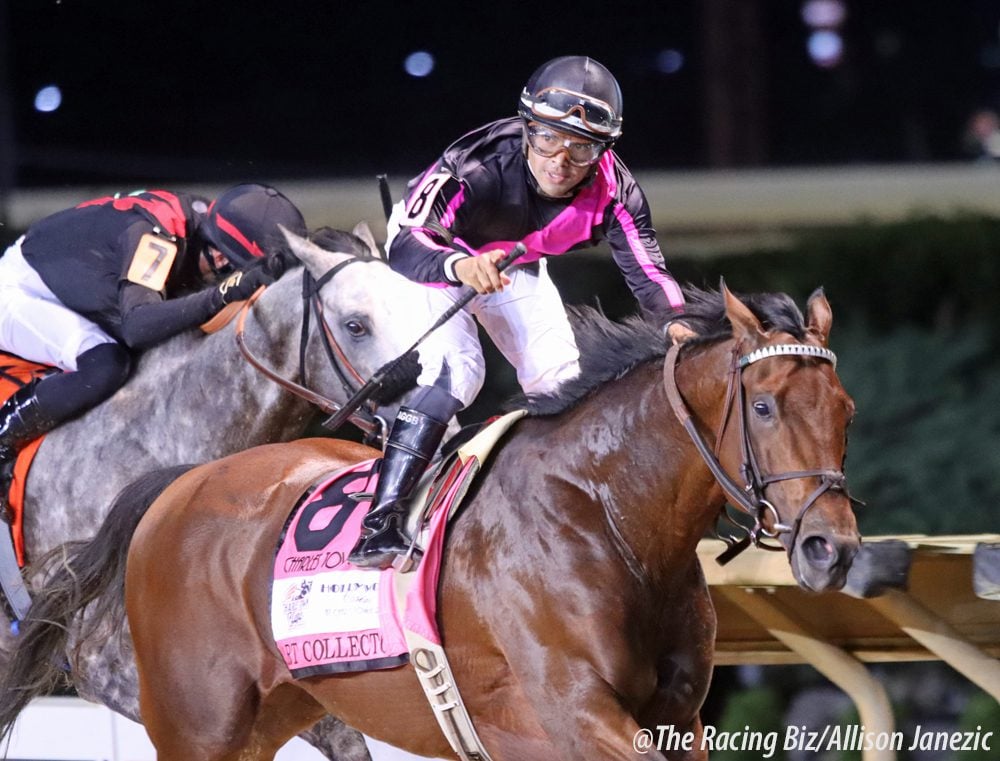


Mark Shepperd
13th Oct 2015Graham you are better then using the drug Illegally, just dropped you off of my Classy Trainers List!